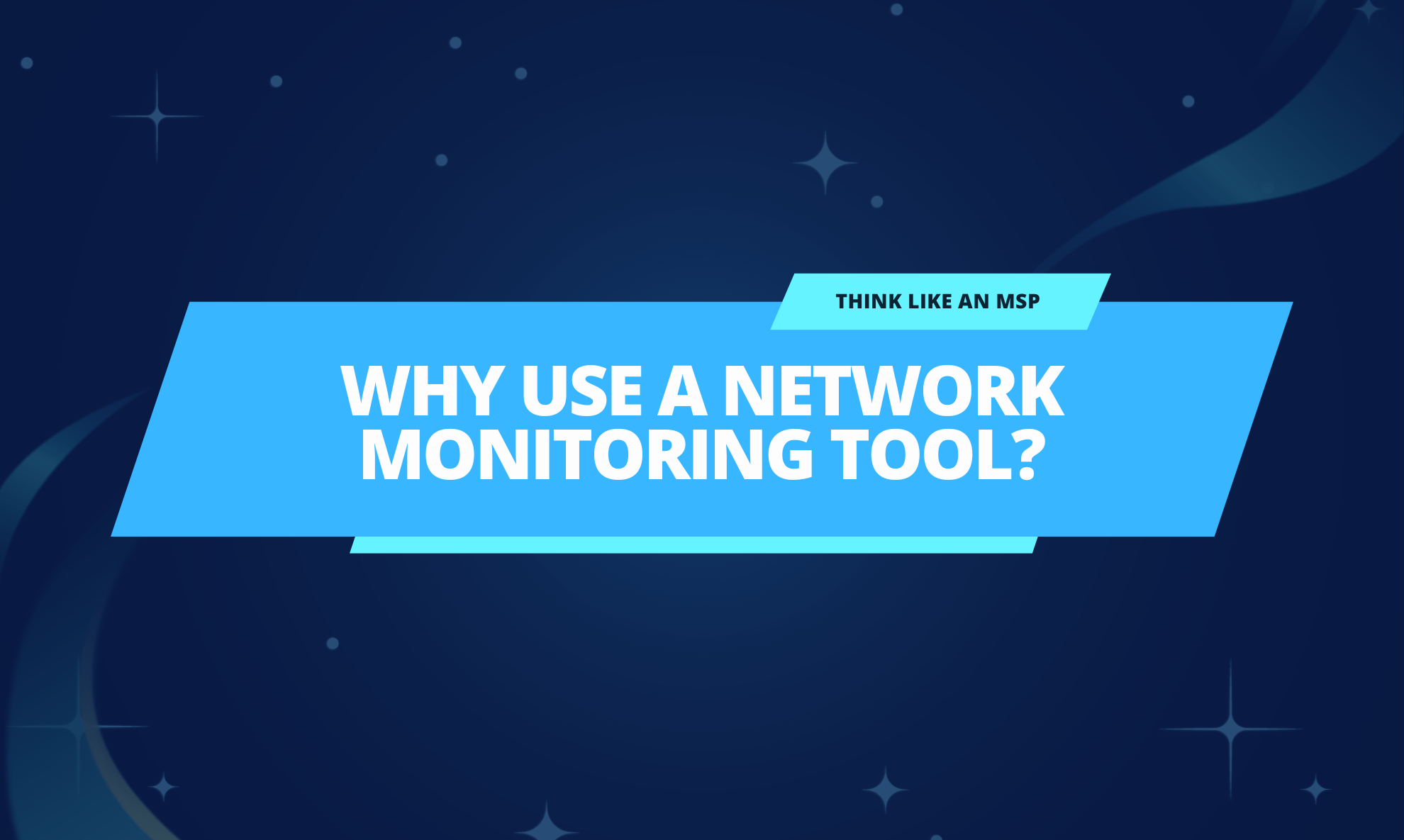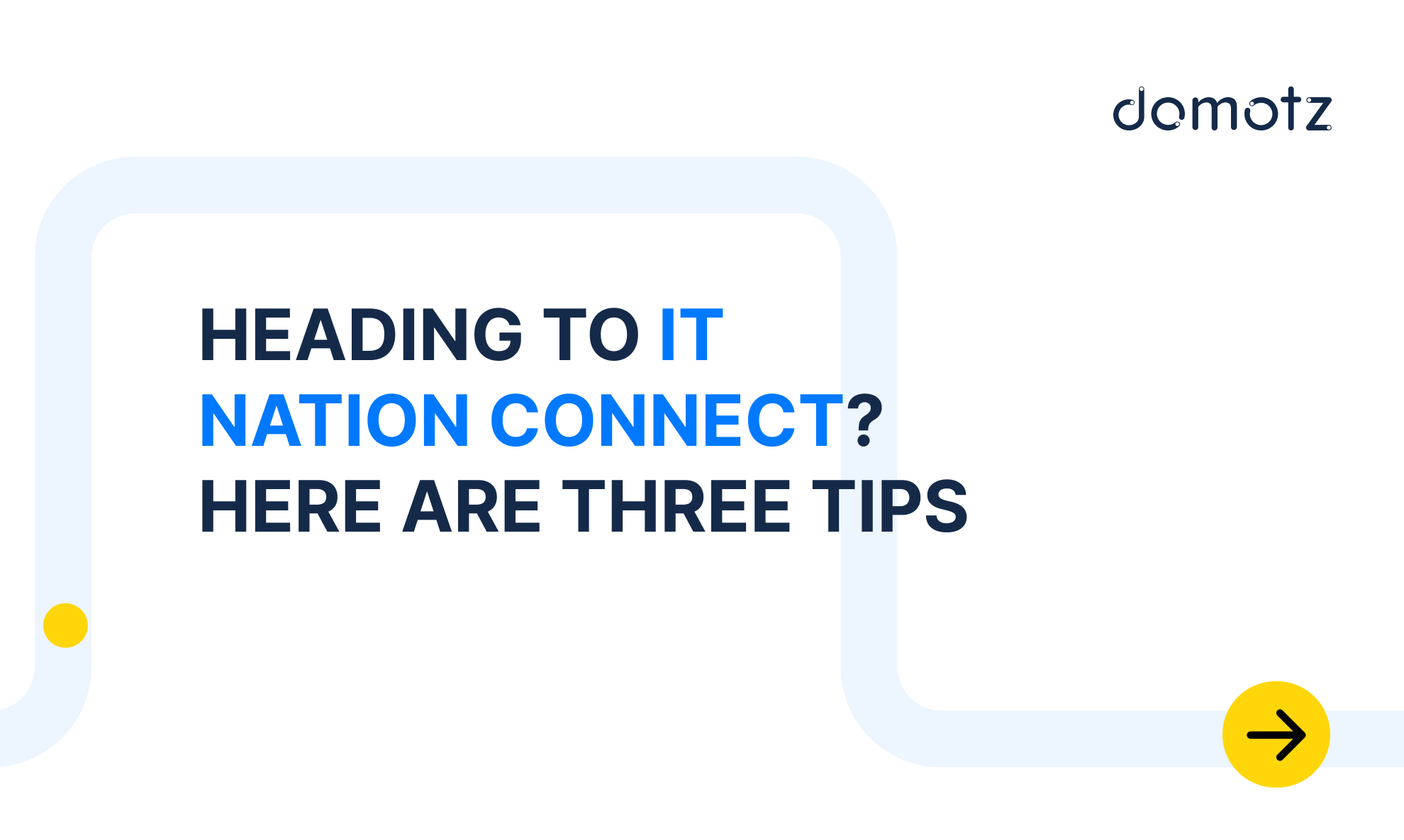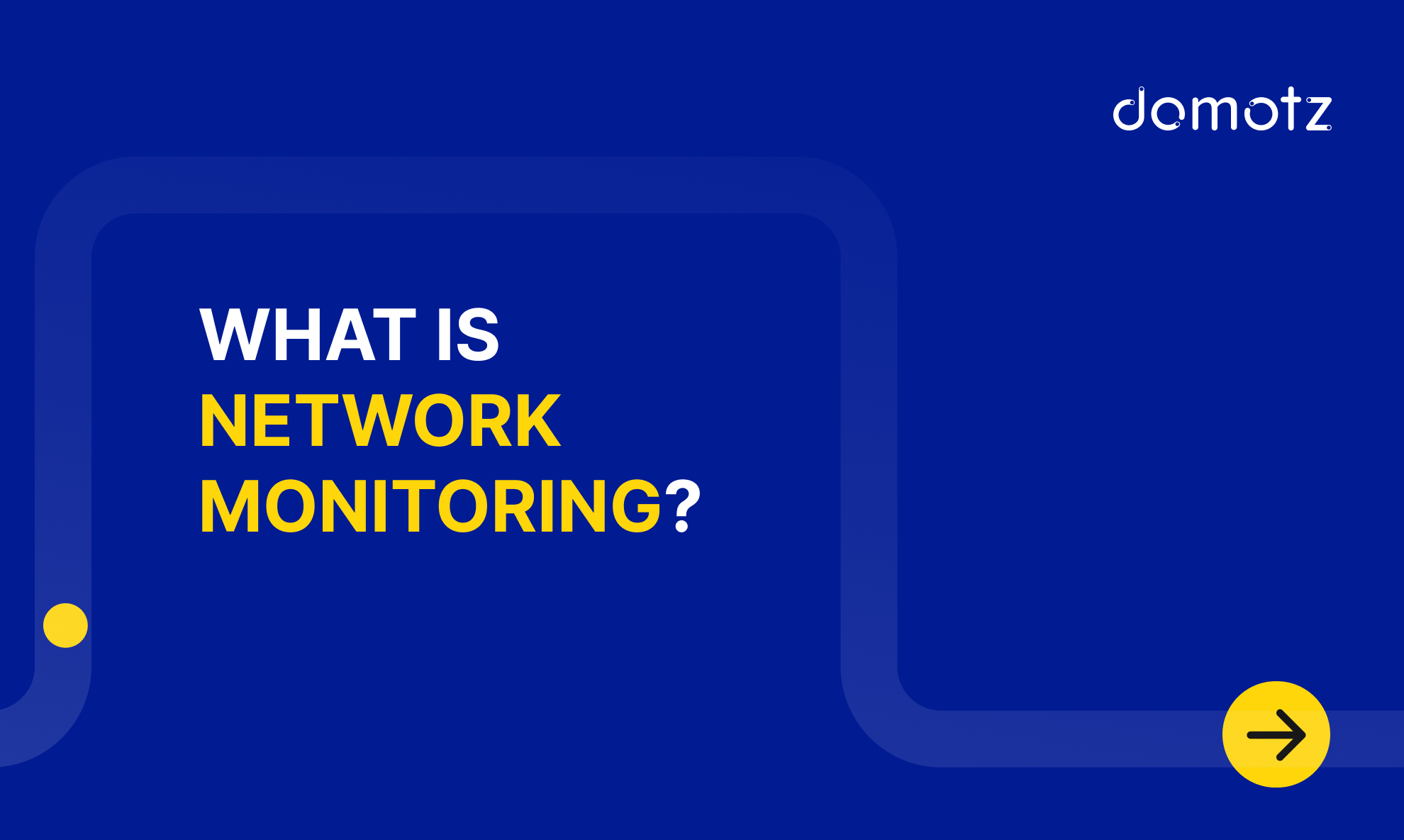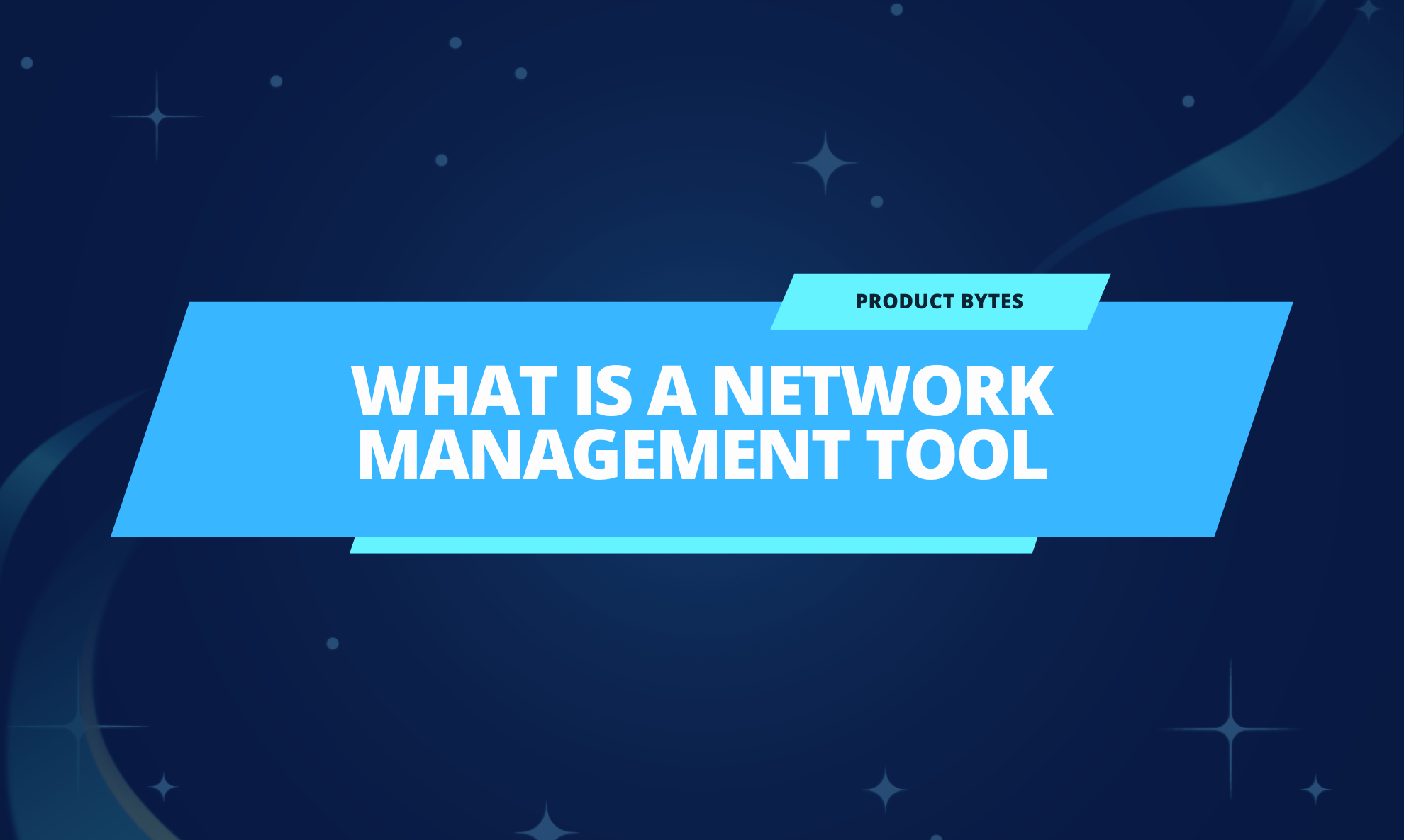The world has become increasingly more connected. In turn, there is an ever-growing demand for Managed Service Providers (MSPs) to deliver quality IT systems as well as application and System Management Services.
Suppose you want to present yourself as a leader in the MSP industry. To do this you need to streamline your operations to provide optimal services. Moreover, a network monitoring tool can help to achieve this goal. There’s a range of networking monitoring tools for MSPs, and the best solution depends on your needs.
As a guideline, you should consider how networking monitoring is a key tool in your IT processes.
The Rise of Managed Service Providers
The IT industry is growing at a rapid rate. The worldwide forecast for emerging tech is expected to increase 104% from 2018 to 2023. In the same period, the software sector is expected to grow by 50%, tech services by 23%, and hardware by 23% as well.
As the industry has developed, a few obstacles have emerged. The developing field continues to change, and, as a result, the following challenges have bubbled to the surface.
- Cyber-security threats (with more than a 50% increase in data breaches in the last four years)
- Talent shortage and struggle to retain employees
- Cloud computing costs and reliability
- Remote workplace resources
- Risks of outsourcing
- Compliance with government legislature around the world
- Difficulty in monitoring alerts 24/7
Network monitoring tools can help MSPs overcome these difficult challenges, offering multiple benefits while helping to keep IT processes secure and streamlined.
Why Networking Monitoring is a Key Tool for MSPs
A network monitoring and management tool helps MSPs assess their network proactively and fix issues in real-time. This is just the tip of the iceberg.
Use a Network Monitoring Tool for Better Monitoring Capabilities
Firstly, a monitoring tool wants to monitor systems, services, devices and networks. If you’re not using a monitoring tool the other option is paying someone around the clock to keep an eye out for warning signs or risking a disaster while the network is left unmonitored. Even with a paid employee, there’s the risk of human error.
Alternatively, a network monitoring system watches all aspects of your client’s system 24/7. Moreover, it can automatically fix certain issues and send alerts for others, helping you manage your client’s IT infrastructure from a distance. The proactive approach to monitoring a system reduces the risk of error and notifies the team of any changes. In the process, it assists with IT labor shortages, saves costs, and reduces the risk of network issues.
Deal with Network Issues Faster
As networks are hosted in different locations, it can be difficult to keep a close eye on each of the system’s aspects. An MSP network monitoring tool helps you identify where the root of the network problem lies.
A network monitoring platform can highlight the reason behind the network problem as well as the details of how the incident occurred. The tool can even go as far as identifying you in charge to fix it. Even more convenient, a network monitoring tool can detect issues before they become too big to handle. Save time and money By nipping any major issues in the bud.
Use a Network Monitoring Tool to Pinpoint Security Threats
While a network monitoring system is an administration tool it can also help identify security threats. While tracking your system operations, the tool helps to identify any security risks that may infiltrate your network.
Depending on the security features of the platform, you can choose to get an alert if any new device is detected on your network. It can also help with network inventory asset management, monitoring open ports, firmware upgrades and patch management, and more.
To maximize security options, it’s best to integrate network detection and response (NDR) capabilities for a more advanced security layer.
Find Performance Issues
Every one of your client’s wants the faster network they can possibly get. A network monitoring system continuously reports network speed and alerts you if that drops below a certain threshold. An issue with speed could be the result of something minor or an issue more serious. In most instances with speed problems, troubleshooting without a network monitoring system in place is a time-consuming and costly process, demanding hours of a technician practicing trial and error.
A monitoring software tool gives you the power to identify where the issue takes place without delay so that you can narrow down the possible cause of the error. As IT symptoms have become more complex, a monitoring software platform helps MSPs monitor performance and pinpoint the root cause of bandwidth issues.
Pre-empt Network Problems
Taking advantage of network management software helps you identify issues even before they happen. These tools help create baseline assessments of your network performance so that you can note deviances or unusual behavior.
With warning, you’re able to identify and solve network issues as they develop. You can also incorporate automated actions such as generating a ticket in your PSA tool so that issues get actioned quicker. Not only does this method ensure that processes continue to run smoothly, but it also opens up time for your high-value IT staff to focus on more important activities.
Boost Efficiency
Finally, there are various moving parts of an optimized and sophisticated IT system, and a networking monitoring system makes sure that each of these elements continues to run smoothly. A network monitoring tool can simplify administration in a variety of ways. For example, automating routine tasks, monitoring IP-enabled devices, and allowing for remote management.
Prevent serious problems by monitoring systems online, and support teams will spend less time traveling to physical locations. Most software options also offer a detailed performance report to further boost efficiency in the future.
Why Use a Networking Monitoring Tool as a Service Provider or MSP
These are just a few of the top reasons to add a network monitoring system to your organization, and there’s a range of options to choose from.
Domotz is a favorite network monitoring solution that offers real-time, cost-effective, and powerful benefits. The network monitoring and management platform is simple and affordable, increasing operational efficiency and automating IT processes.



